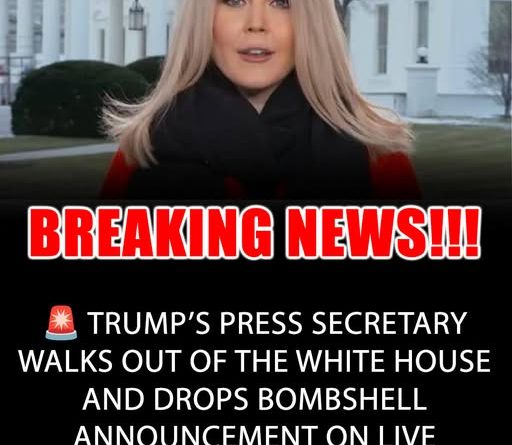CONTROVERSIAL FEDERAL WORKER BUYOUT PLAN SPARKS NATIONAL DEBATE
The Trump administration has unveiled a new federal buyout initiative known as the “deferred resignation program,” a sweeping effort aimed at reshaping the civilian workforce. The plan targets nearly 2 million federal employees and offers full pay and benefits through September for those who agree to resign by February 6. Supporters frame it as a cost-cutting measure and a way to bring accountability to public service, while critics argue it could erode the government’s ability to function effectively.
Administration officials describe the initiative as part of a broader strategy to reduce government spending and push for a stronger return to in-person work. Currently, only about 6 percent of federal employees in Washington, D.C., are working on-site, a number the administration views as both unsustainable and harmful to productivity. The buyout program is designed not only to trim payroll but also to address what leaders see as a cultural shift away from office attendance.
White House Press Secretary Karoline Leavitt addressed mounting speculation that the program could be politically motivated. She firmly rejected claims that the initiative was a disguised purge of career staff, stressing instead that it is “about efficiency, cost savings, and restoring effectiveness in government operations.” According to Leavitt, the policy is voluntary, providing employees with an opportunity to make a choice rather than forcing layoffs or mass dismissals.
Supporters of the program argue that it represents a much-needed reform. For years, critics of the federal workforce have said that bureaucratic inefficiencies and limited accountability have hindered government performance. The deferred resignation program, they say, creates a dignified exit path for employees who may be disengaged, underperforming, or unwilling to return to the office. Advocates believe this will open the door for a leaner, more agile workforce better equipped to meet modern challenges.
At the same time, the plan raises serious concerns among labor unions, government watchdogs, and employee advocates. Union leaders warn that the buyout could disproportionately affect seasoned career staff whose institutional knowledge is vital to maintaining government services. They argue that offering a financial incentive to resign may put subtle pressure on employees to leave, especially those who feel uncertain about future job security. If large numbers of experienced professionals depart, critics caution, agencies may struggle to maintain continuity in critical functions ranging from public health and safety to national security.
Employee morale is another pressing issue. Some analysts fear that framing the program around efficiency could send an implicit message that federal workers are expendable, undermining trust between employees and leadership. Such dynamics could discourage new talent from entering public service at a time when many agencies already face challenges in recruitment and retention.
The initiative also highlights broader debates about the future of work in government. The pandemic dramatically shifted expectations about remote work, and many employees now view flexible arrangements as a permanent feature rather than a temporary accommodation. By linking the buyout program to in-person attendance, the administration has reignited questions about how to balance productivity, employee satisfaction, and public accountability in the post-pandemic era.
With strong arguments on both sides, the deferred resignation program could prove to be one of the most consequential federal workforce reforms in decades. Its long-term impact will depend on how many employees choose to participate and how agencies adapt to potential workforce reductions. What remains clear is that the program has sparked an urgent national conversation about efficiency, morale, and the evolving role of government in serving the public.
